October 2021 Mailbag No 1
Our first item in the October Mailbag is from Trevor in Canberra who attended the Bracha – Blessing. Back to Polish Shtetls exhibition currently being held at the National Jewish Memorial Centre Museum in Canberra.
The exhibition comes from the Polish Embassy which gave access to a photographic exhibition of chasidim returning to destroyed shtetls in Poland... The photographs were taken by Ms Agnieszka Traczewska who met some of the pilgrims, and after gaining their confidence, was accepted into their private world, and was able to capture the piety of the activities of the pilgrims. Her photographic collection has become a world-wide exhibition carrying the title “Bracha – Blessing. Back to Polish Shtetls”.
You can read more about the exhibition by clicking here.
A little about the photographer Agnieszka Traczewska.
Since 2006 she has been creating a series of photographs devoted to Hassids travelling to Poland to visit the graves of Tzadikim. While this is the main theme of her work, she also portrays the world of Orthodox Jewish communities living in Israel and the United States. In 2014, she received the National Geographic Traveler Photo Award for her work “First Time”. "On my very first journey to Leżajsk (Yid. Lizhensk), Poland for Rebbe Elimelech’s Yohrtzeit (anniversary of death), I had no idea that photography of Chassidim will become my lifelong passion. All I knew was that there are men there that are part of my countries story, part of my history, and so I had to see, learn, capture and connect. 1
Below is a 7+ minute video made by Agnieszka Traczewska - A Blessing Back to Polish Shtetls.
Our next mailbag item arises from a post Julie presented on the 12 Sept when she introduced you to the wire sculptures being created by Darius Hulea.
One of Darius Hulea's sculptures shown in the post was of Michelangelo's Moses. Below I have shown you the original scupture by Michelangelo and the one by Darius. You will notice that Moses has what appear to be horns.
Several emails were received about why Michelangelo placed horns on his version of Moses.
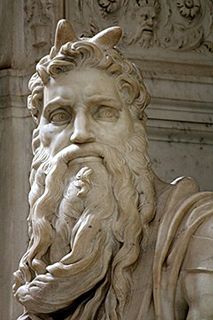
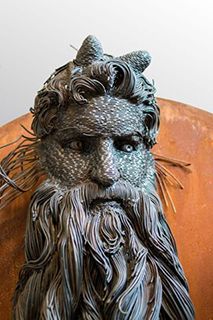
My Jewish expert G. in London provided me with a detailed explanation which I will summarise here for those of you who are interested in this question.
It's primarily down to incorrect translation!
The story is quite well known, of course. Moses goes up the mountain to receive from God what are generally known as the "Ten Commandments" ... but while that is happening, the Children of Israel make a golden calf to worship, which infuriates God and Moses and it ends up with the two tablets of stone on which God had written the words being smashed, as well as general mayhem in the Israelite camp on Moses's return.
After that, Moses goes up the mountain again and spends another 40 days and nights there but this time, God dictates and Moses has to chisel the words on to the tablets of stone himself. Then we are told in Exodus, chapter 34 verses 29 to 35 that Moses comes down a second time "and Moses did not know that the skin of his face had glowed (or "was glowing") when he spoke with God" The Hebrew verb "karan" (translated as "had glowed" or "was glowing?) is used only here in the scriptures! It is connected to the Hebrew root word "keren" which can mean both a "ray of light" and a "horn" (the metaphorical similarities are obvious).
The renowned translator and scholar, Robert Alter, points out that the Greek translation of Aquila and the Latin Vulgate both understood the translation to mean that Moses sprouted horns (an idea followed by Michaelangelo), which seems unlikely to be correct. Apart from it seeming somewhat implausible that one would think of horns sprouting from skin, as opposed to the head, he says that "the notion of divine radiance enveloping the head or face of a god, king or priest appears in many Mesopotamian texts and so would probably have been a familiar idea to the ancient Hebrew audience". Certainly, the Jewish tradition is firmly of the view that what was coming from Moses's face was radiance or beams of light and that was "dealt with" by the simple means of a veil!
Correspondence has also been received this past month from Colin in Glen Iris, Melbourne alerting us to the amazing landscapes being created from photographs by Geoff Pearman. He explains:
It was the early 2000’s when I discovered abstract photography. Meeting Ken Ball from Australia was somewhat fortuitous as I discovered from him that by deliberately moving my camera, I could produce impressionistic images. I recall a photoshoot in rural NSW Australia with Ken and a friend from the USA who to this day is no doubt still shaking his head completely mystified as to why we would want to move our cameras about and smear Vaseline on filters to create “blurry photos”.4
You can follow Geoff Pearman on instagram and by following this link you can read his article Journey into Abstraction.
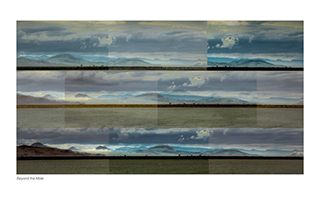
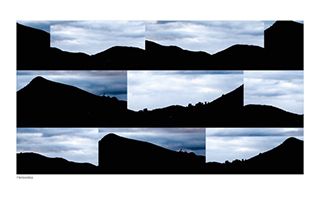
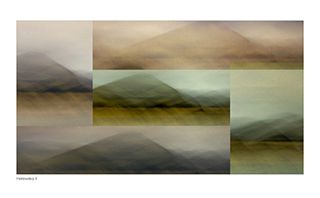
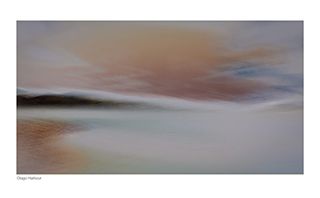
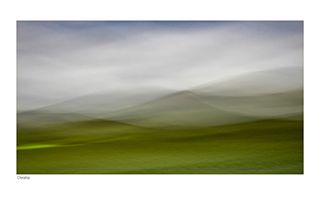
Digging deeper down into the mailbag Rowdy from Port Elliot in South Australia says:
Hi Anne….. I feel all subscribers have been absolutely treated to a “Gold” post today... A big congratulations to Julie & the GAALS Team & thankyou for presenting such a remarkable post…“The Heidelberg School – Australian Impressionists”.
Master Artists of the era (during the late 1800s and early 1900s) were……. Roberts… McCubbin… Southern… Streeton… Conder… Russell and Sutherland…These painters were ahead of their time painting the “Australian Bush” and beach side “Sea Scapes”… their individual compositions highlighted life in Australia during the depression and the magnificent vast Australian landscape….and through their work they showcased Australia to the world.
Julie’s post is very informative for those learning about art and in particular the history of the Victorian - “Heidelberg School” of Australian Impressionism….The post includes three outstanding videos covering Australian Impressionism Exhibitions… of their “Master Works”….
Many landscape artists today… refer to the creativity of these “ground breaking”… Australian “impressionist pioneers” with their innovative painting techniques & compositions…. A tremendous post… JW
Rowdy Wylie collects prints from the Heidelberg School - doing the reframing himself where necessary. Here is one of his purchases - "Winter Evening Hawthorn" painted in 1886 by Frederick McCubbin.
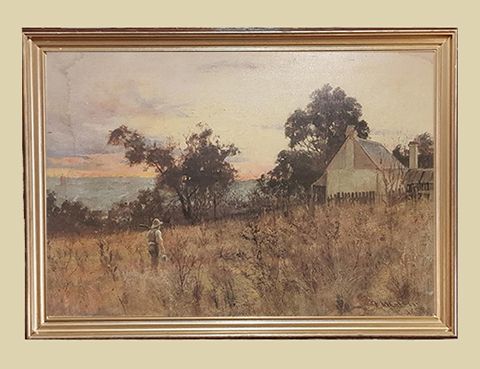
Also responding to Julie's post on the Heidelberg School was V.L. in the Yarra Valley, Victoria who reminded us of the storng links of art back to our parents.....
The 25 minute video I will keep for a rainy day.... and look forward to it. In the meantime, so many of these paintings were much loved by my parents and the prints adorned their walls both through my childhood till recently when I had to take them all down at Mum's house in Chirnside Park. Some had faded a bit but nonetheless, still captured the feeling of the moment or day in which they were depicting.
One I haven't seen before was the painting of the dear little girl in pink. I think it was a female artist who painted that one. And hasn't Doctor Angela Hesson (on one of the videos) got a beautiful voice!
And let's conclude today by checking out what Koushiki Maity (a facebook Follower from India) has been up to lately. Enjoy watching her draw Lord Ganesha.
There will be another October mailbag in a few days as we have received quite a lot of correspondence. If you have an art item of interest please send it to me by using our email - [email protected].
Credits
1. agnieszkatraczewska.com
2. en.wikipedia.org
3. facebook.com
4. onlandscape.co.uk/2021/06/journey-into-abstraction/
